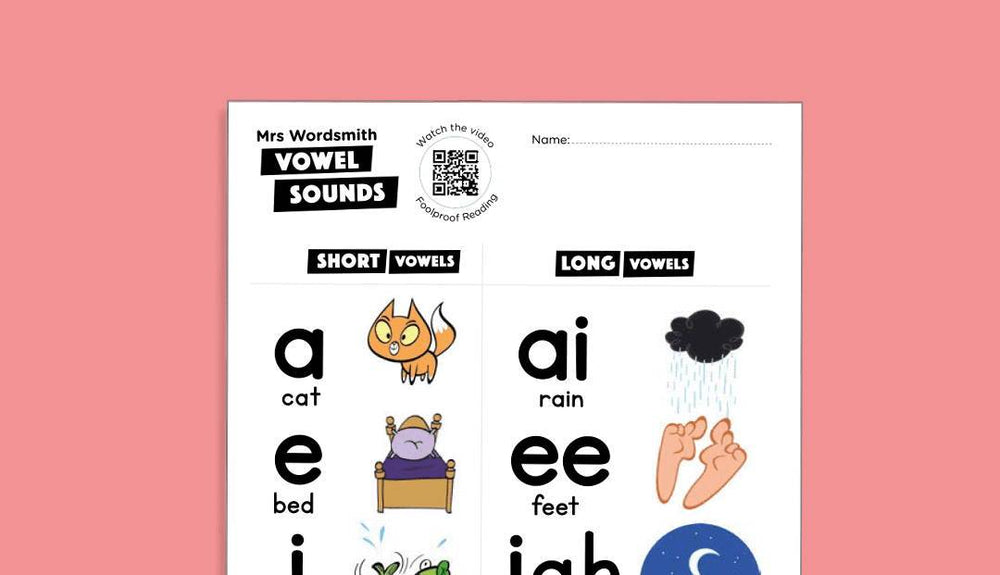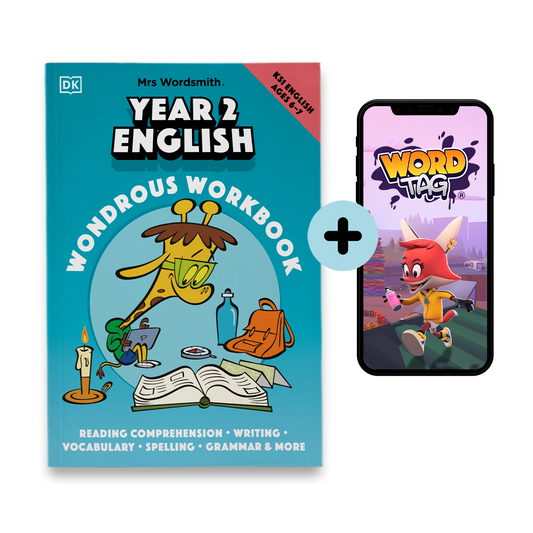The chief concern of educators
As Emma Madden, Head of School at Fox Primary School, the UK’s #1 ranked state primary (public elementary) school, said to me the other day, “School is a high talk environment. One of my key concerns is making sure someone is speaking to children in a way that encourages conversations with multiple back and forth responses. Who is getting children to answer open-ended questions? I am worried some children will come back to school having regressed in the speaking and listening skills that are so critical to their development.” Emma is also the Head of Curriculum for the Fox Federation.
The silver lining is social homework. As quickly as schools shifted to distance learning, children started recreating the social experience they were getting at school - by themselves online. They are self-organizing around social homework.
Distance learning resource: social homework
Who’s in the house? Last week, children of all ages connected with their classmates to do homework collaboratively on the video chat app called Houseparty. They helped each other answer questions on fractions and 3d shapes. They “filled in the blanks” together on their grammar worksheets. And they chatted the whole way through, helping each other solve problems. This collaborative learning push is being led by children intuitively. Children have found their own way to replicate the social interactions from school, outside of school.
For those who don’t know what Houseparty is, it’s a social video chat app like Facetime or Google Hangouts. You can chat with up to 8 people at one time. Here is a Common Sense Media video on how Houseparty works. From a child-safety perspective, Common Sense Media advises that children should not be left alone unmonitored on Houseparty. Houseparty is a social network and does not have child-safety precautions in place.
Parents should download the app and join the conversation. You can keep it open on your phone and mute it. As a tool to convene around a homework assignment, with parents “In the house”, it’s exciting.
The parental view on Houseparty for homework is mixed
Last week I spoke to a lot of moms about Houseparty. They were "in the house" watching over their children do homework. How do they feel about it? Understandably, there were mixed views. Some mothers said, "it’s great that children have created a social outlet for themselves that’s educational". Others wondered whether their children will get the same educational benefit out of homework if it’s done collaboratively rather than independently.
If children are being supervised on social chat apps to complete educational tasks it’s probably a good thing, especially if they don’t go from doing Houseparty Homework to playing Fortnite or other games all day. The best thing kids could do after doing homework on Houseparty is read a book. The more reading the better - the research is unequivocal on this. And the second best thing - if you are able to - is to go outside. You don’t need research to know that exercise is good for the mind and body.
Epic Games, the owner of Fortnite and Houseparty, is babysitting our children
Not surprisingly, downloads of the app Houseparty have spiked with Covid-19, sending the app from 304 to #1 in the Appstore as of today. And for parents, here’s a little known fact - Epic Games owns both Fornite and Houseparty. I suppose this means that Epic Games is babysitting our children while we are on work from home conference calls.
How worried should we be about this? When is screen-time truly too much when it’s being used for both school and entertainment? Are some modes of digital interaction more valuable (or excusable in the case of children) than others?
We need distance learning to work
Parents and educators desperately need distance learning to work. In an MIT Technology Review, Gideon Lichfield made the point that for the next 18 months school could be 2 months on and one month off until a vaccine for the virus is created here. He was quoting this study by Imperial College.
Getting this grand experiment right is going to take a lot more than porting our education system online and partially replacing teachers with machine learning algorithms. It’s a useful starting point. But as this crisis evolves, we (most likely initiated by our more digitally proficient children) will unlock new ways of teaching and learning that we didn’t anticipate. We will find new ways for teachers and children to stay connected and share valuable learning content about our rapidly evolving world.
Homeschool can feel like extended homework
Social distancing, and its unintended offshoot - social homework - are here to stay. Social chat has the potential to create a sense of connection around critical educational content. Social games could also become increasingly important as a means of teaching children.
We need to start thinking about how to re-organize the school day. How can we change the way we assign homework more fundamentally to embrace these trends? How do we rethink the purpose of content, and the way in which we deliver it to kids? Schools would still be schools. It’s just that homework - which we’ve questioned the validity of for years - would be transformed. Homeschool that’s nothing more than a string of homework assignments can feel dismal or unengaging.
Social homework could be transformative and have real impact
Children of all ages could improve their critical thinking and problem solving skills if they were given tasks that promoted collaborative problem solving. They would develop team working and leadership skills. They would have to learn how to listen and to take turns talking. We could design word problems that required input from several children instead of just one. The problem solving could combine solitary work you do to prep ahead of a social homework sprint, and then teamwork.
Spelling and grammar - which are pure rote learning and still required by the curriculum - could be so fun and easy if assignments were devised so children could test each other. Rote learning tasks are probably the best tasks for social homework because they could instantly be transformed by simple social gamification. For example, kids could quiz each other and earn points.
The debate around homework needs to shift from whether it’s a good idea or bad idea, to how to make it impactful in a social homeschool setting. Homework as it’s set up today is a dismal failure. It’s typically unengaging. It doesn’t provide enough spaced repetition. Research shows that children need to repeat tasks or learn content several times in spaced repetition in order for it to sink in. And it takes away from valuable reading time.
Sofia Fenichell is the CCO and Founder of Mrs Wordsmith. She is also on the Advisory Board of Common Sense Media.
































 https://mrswordsmith.com
https://mrswordsmith.com
Comment
Leave a comment